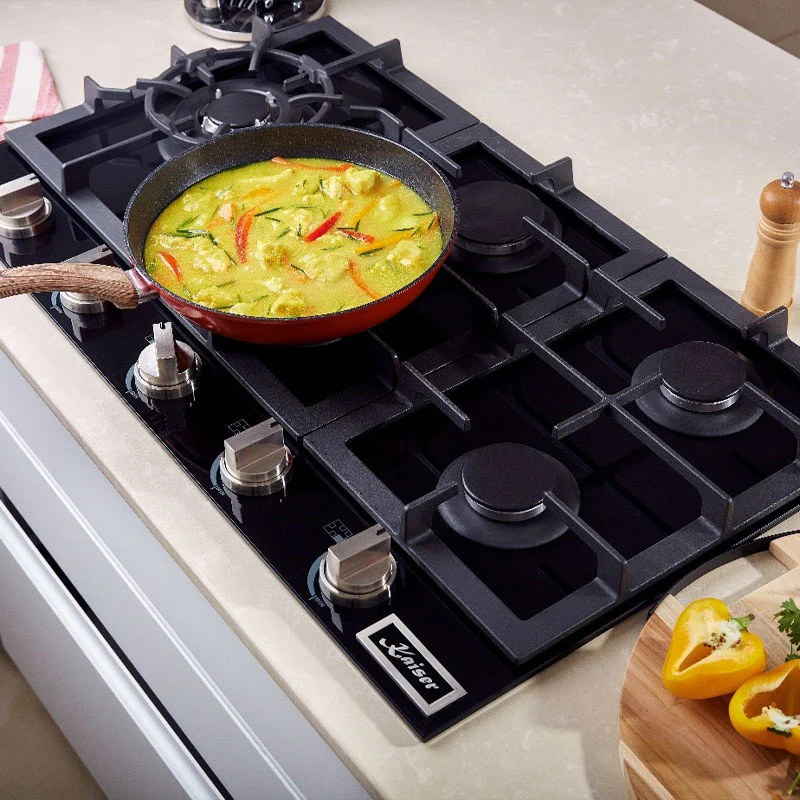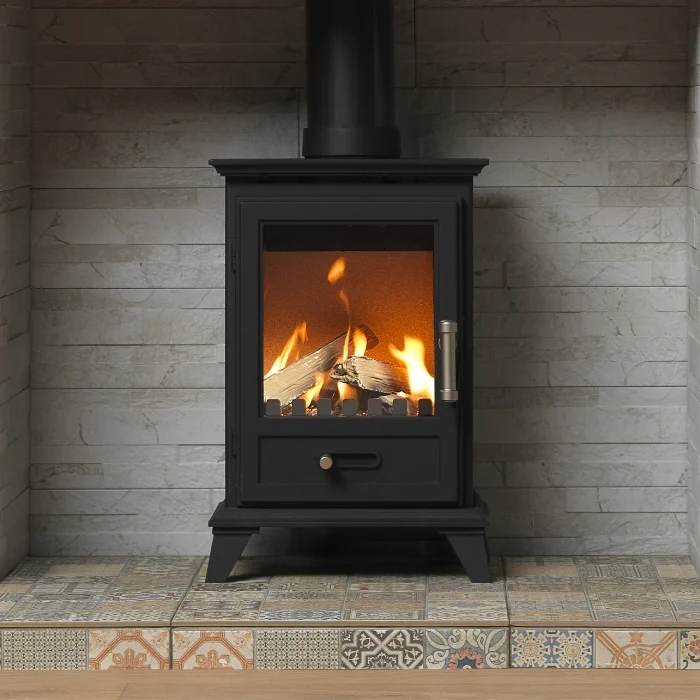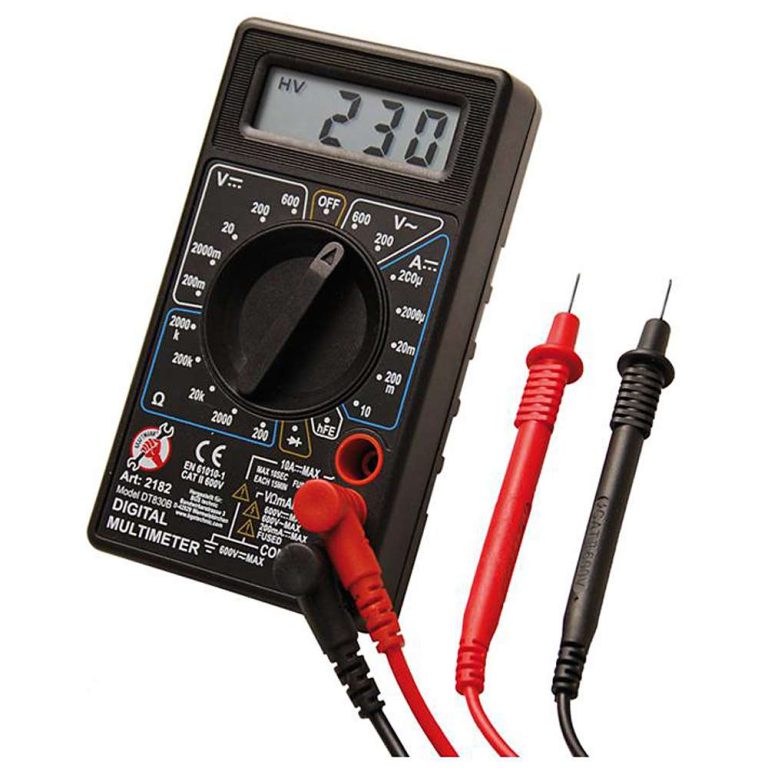Understanding the Basics of Gas Stoves
Gas stoves have been a staple in kitchens for decades, offering precise temperature control and instant heat. These appliances use natural gas or propane as fuel to produce an open flame for cooking. The basic components of a gas stove include burners, control knobs, a gas valve, and an ignition system. Modern gas stoves often feature additional elements such as a built-in oven, griddle, or warming drawer. The popularity of gas stoves stems from their ability to provide instant heat and cool down quickly, allowing for greater control over cooking temperatures.
Chefs and home cooks alike appreciate the responsiveness of gas burners, which allows for rapid adjustments to heat levels. Gas stoves also offer visual feedback through the flame size, making it easier to gauge temperature settings. Additionally, these appliances can continue to function during power outages, provided the gas supply remains uninterrupted. This reliability, combined with their cooking performance, makes gas stoves a preferred choice for many kitchens. Understanding the basic principles and components of gas stoves is essential for anyone looking to make an informed decision about their cooking appliances or to maximize the use of their existing gas stove.

Advantages of Cooking with Gas
Gas stoves offer numerous advantages that contribute to their enduring popularity in both professional and home kitchens. Firstly, the instant heat provided by gas burners allows for immediate temperature changes, giving cooks precise control over their culinary creations. This responsiveness is particularly beneficial when preparing delicate dishes that require quick temperature adjustments. Additionally, gas stoves distribute heat evenly across the bottom of cookware, ensuring consistent cooking results. The open flame of a gas stove also allows for versatility in cooking techniques, such as charring vegetables directly over the flame or using a wok for high-heat stir-frying.
Gas stoves are often more energy-efficient than their electric counterparts, as they don’t require time to heat up or cool down. This efficiency can lead to lower energy bills and reduced cooking times. Furthermore, gas stoves tend to be more durable and have a longer lifespan compared to electric models, potentially offering better value for money in the long run. The ability to visually gauge the flame size helps cooks estimate temperature more accurately, even without precise temperature settings. Lastly, many professional chefs prefer gas stoves for their reliability and consistent performance, making them a popular choice for those seeking a restaurant-quality cooking experience at home.
Types of Gas Stoves and Their Features
Gas stoves come in various configurations to suit different cooking needs and kitchen layouts. Freestanding gas ranges combine a cooktop and oven in a single unit, offering a complete cooking solution that can be easily installed in most kitchens. These models often feature storage drawers or warming compartments beneath the oven. Slide-in gas ranges provide a built-in look without the cost of custom installation, fitting seamlessly between cabinets for a sleek appearance. Drop-in ranges offer a similar integrated look but require a custom base for support. For those who prefer separate cooking zones, gas cooktops can be installed independently of ovens, allowing for more flexible kitchen designs.
Commercial-style gas ranges have gained popularity in home kitchens, featuring high-BTU burners, heavy-duty construction, and professional-grade features. Dual fuel ranges combine gas cooktops with electric ovens, offering the best of both worlds for cooks who appreciate gas for stovetop cooking but prefer the even heating of electric ovens for baking. Many modern gas stoves include features such as sealed burners for easier cleaning, simmer burners for low-heat cooking, and center griddles for versatile meal preparation. Some high-end models even incorporate smart technology, allowing for remote monitoring and control of cooking functions. Understanding the different types and features of gas stoves helps consumers choose the best option for their cooking style and kitchen layout.

Safety Considerations for Gas Stove Usage
While gas stoves offer many benefits, proper safety precautions are essential to prevent accidents and ensure safe operation. First and foremost, proper ventilation is crucial when using a gas stove. A working range hood or exhaust fan helps remove combustion byproducts and cooking odors, maintaining good air quality in the kitchen. Regular maintenance of gas lines and connections is vital to prevent gas leaks. Homeowners should schedule annual inspections by qualified professionals to check for any signs of wear or damage. Installing a carbon monoxide detector near the kitchen area provides an additional layer of safety, alerting occupants to potentially dangerous levels of this odorless gas.
When using a gas stove, always ensure that the flame is blue and steady. A yellow or orange flame may indicate incomplete combustion, which can lead to carbon monoxide production. Keep flammable materials, such as kitchen towels and loose clothing, away from the burners to prevent fires. Teach children about stove safety and supervise them when they’re in the kitchen. For homes with young children, consider installing stove knob covers to prevent accidental activation of the burners. In the event of a gas smell, immediately turn off the stove, open windows for ventilation, and evacuate the area before contacting the gas company or emergency services. By following these safety guidelines, users can enjoy the benefits of gas stoves while minimizing potential risks.
Efficient Cooking Techniques for Gas Stoves
Maximizing the efficiency of a gas stove involves employing specific cooking techniques that take advantage of its unique properties. Start by selecting appropriate cookware that conducts heat well and fits the burner size. Heavy-bottomed pots and pans distribute heat more evenly, reducing hot spots and preventing burning. When cooking, adjust the flame size to match the bottom of the pot or pan, ensuring that the flame doesn’t extend up the sides. This practice conserves gas and improves cooking efficiency. Take advantage of the instant heat by preheating pans for a shorter time compared to electric stoves. For dishes that require long simmering, use a flame tamer or heat diffuser to spread the heat more evenly and prevent scorching.
When boiling water, cover the pot with a lid to trap heat and bring the water to a boil more quickly. Utilize all burners efficiently by planning meals that use multiple cooking temperatures simultaneously. For example, use a high-heat burner for searing meat while simmering sauce on a lower-heat burner. Take advantage of residual heat by turning off the burner slightly before the food is fully cooked, allowing the remaining heat to finish the cooking process. This technique is particularly useful for delicate foods that can easily overcook. By implementing these efficient cooking techniques, users can make the most of their gas stoves, saving energy and improving their culinary results.

Maintenance and Cleaning of Gas Stoves
Regular maintenance and proper cleaning are essential for keeping gas stoves in optimal condition and ensuring their longevity. Start by cleaning spills and splatters immediately to prevent them from becoming baked-on and difficult to remove. For daily cleaning, wipe down the stovetop with a damp cloth and mild detergent, paying special attention to the areas around the burners. Remove burner grates and caps regularly for thorough cleaning. Soak these components in warm, soapy water to loosen grease and food particles, then scrub gently with a non-abrasive sponge. Ensure that burner ports are clear of debris to maintain even flame distribution.
Use a toothpick or small brush to clean clogged ports gently. For stubborn stains or baked-on food, create a paste of baking soda and water, apply it to the affected area, and let it sit for several minutes before wiping clean. Avoid using harsh chemicals or abrasive cleaners that can damage the stove’s finish. Clean the oven regularly according to the manufacturer’s instructions, using the self-cleaning feature if available. Inspect gas connections periodically for signs of wear or damage, and have a professional technician perform annual maintenance checks. Keep the area around the stove free from grease buildup and clutter to reduce fire risks. By following these maintenance and cleaning practices, users can extend the life of their gas stoves and ensure consistent cooking performance.
Energy Efficiency and Environmental Impact
Gas stoves are often praised for their energy efficiency, but their environmental impact is a subject of ongoing debate. In terms of cooking efficiency, gas stoves convert a high percentage of their fuel directly into heat, with minimal energy loss. This direct heat transfer can result in faster cooking times and lower energy consumption compared to electric stoves.
However, the overall environmental impact depends on factors such as the source of the natural gas and the efficiency of extraction and distribution processes. Natural gas is a fossil fuel, and its extraction and use contribute to greenhouse gas emissions. Some regions are exploring the use of renewable natural gas, derived from organic waste, as a more sustainable alternative. To maximize energy efficiency, users should choose gas stoves with electronic ignition systems rather than standing pilot lights, which consume gas continuously.
Proper maintenance and regular cleaning also contribute to improved efficiency by ensuring optimal burner performance. When considering the environmental impact, it’s important to factor in the entire lifecycle of the appliance, including manufacturing, transportation, and disposal. Some municipalities are implementing policies to phase out gas appliances in favor of electric alternatives powered by renewable energy sources. Consumers interested in reducing their environmental footprint might consider dual fuel ranges or induction cooktops as alternatives. Ultimately, the energy efficiency and environmental impact of gas stoves depend on various factors, including usage patterns, energy sources, and local regulations.
Comparing Gas Stoves to Other Cooking Technologies
When choosing a cooking appliance, it’s valuable to compare gas stoves with other available technologies. Electric stoves, the main alternative to gas, offer their own set of advantages and drawbacks. Electric stoves provide more even heating in the oven, making them preferred for baking. They also have smooth cooktops that are easier to clean than gas burner grates. However, electric stoves typically take longer to heat up and cool down, offering less responsive temperature control. Induction cooktops, a newer technology, use electromagnetic fields to heat cookware directly, offering fast heating and precise temperature control.
Induction is highly energy-efficient and safe, as the cooktop itself doesn’t get hot. However, induction requires compatible cookware and tends to be more expensive than gas or traditional electric stoves. Dual fuel ranges combine gas cooktops with electric ovens, offering the best of both worlds for many cooks. These appliances provide the precise stovetop control of gas with the even baking performance of electric ovens. Professional-style ranges, available in both gas and dual fuel configurations, offer high-performance features but come at a premium price point. When comparing technologies, consider factors such as cooking preferences, energy costs, kitchen ventilation requirements, and initial investment. Each technology has its strengths, and the best choice depends on individual needs and priorities.

Smart Features and Future Trends in Gas Stoves
The integration of smart technology is shaping the future of gas stoves, offering enhanced functionality and convenience. Many modern gas stoves now include Wi-Fi connectivity, allowing users to monitor and control their appliances remotely through smartphone apps. These smart features enable functions such as preheating the oven from a distance, receiving notifications when cooking is complete, or adjusting burner temperatures precisely. Some advanced models incorporate touch screen displays, replacing traditional knobs with digital controls that offer more precise temperature settings and cooking presets. Safety features are also evolving, with some stoves including automatic shut-off systems that detect when a pot boils dry or if a burner has been left on for an extended period.
In terms of design, manufacturers are exploring sleeker profiles and customizable aesthetics to match modern kitchen trends. Improved energy efficiency remains a focus, with ongoing research into burner designs that maximize heat transfer while minimizing gas consumption. Some companies are experimenting with hybrid technologies that combine the benefits of gas and induction cooking. As concerns about indoor air quality grow, future gas stoves may incorporate advanced ventilation systems or air purification technologies. The development of smart home ecosystems is likely to lead to further integration of gas stoves with other kitchen appliances and home automation systems, creating a more seamless cooking experience. These advancements in gas stove technology promise to enhance both functionality and user experience in the coming years.
Choosing the Right Gas Stove for Your Kitchen
Selecting the ideal gas stove involves considering various factors to ensure it meets specific cooking needs and fits well within the kitchen space. Start by measuring the available space to determine the appropriate size and configuration. Standard widths for gas ranges are 30, 36, or 48 inches, with larger sizes offering more burners and features. Consider the kitchen layout and whether a freestanding, slide-in, or drop-in model would be most suitable. Evaluate cooking habits and preferences to determine the necessary burner configuration. Most gas stoves offer four burners, but models with five or six burners provide more cooking flexibility. Look for ranges with a mix of high-BTU burners for fast boiling and low-BTU simmer burners for delicate sauces.
Assess oven capacity needs, particularly for those who frequently entertain or bake large items. Dual-oven configurations can offer versatility for cooking multiple dishes at different temperatures. Consider additional features such as built-in griddles, convection ovens, or self-cleaning functions, weighing their utility against the added cost. Check the availability and cost of gas in the area, as this can impact long-term operating expenses. For those interested in smart features, research models that offer connectivity and remote control options. Finally, read reviews and compare warranties to ensure the chosen gas stove offers reliability and good value for money. By carefully considering these factors, consumers can select a gas stove that enhances their cooking experience and complements their kitchen design.








